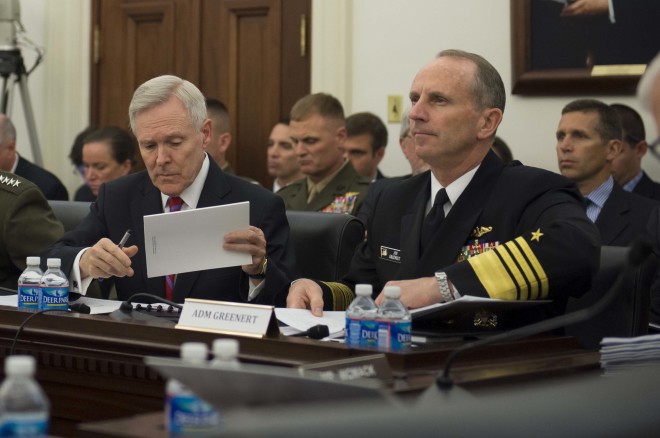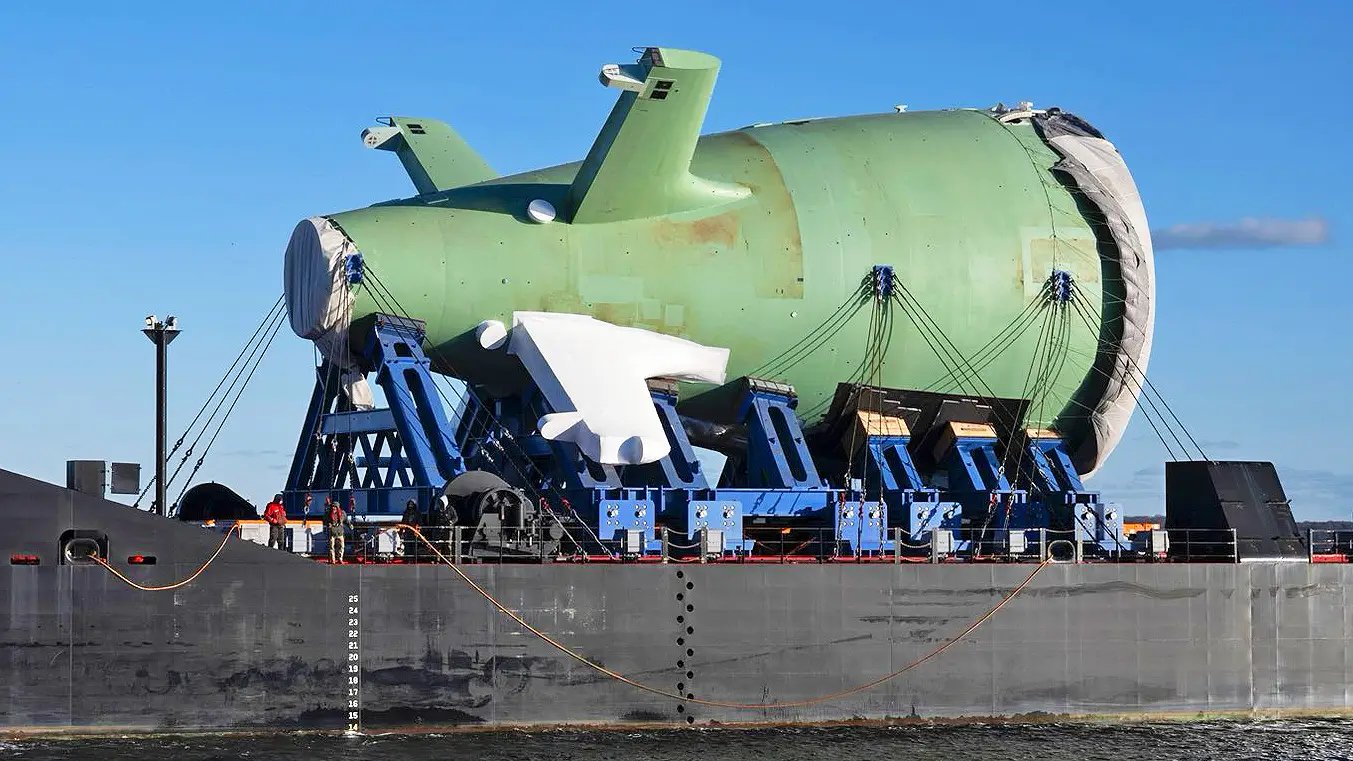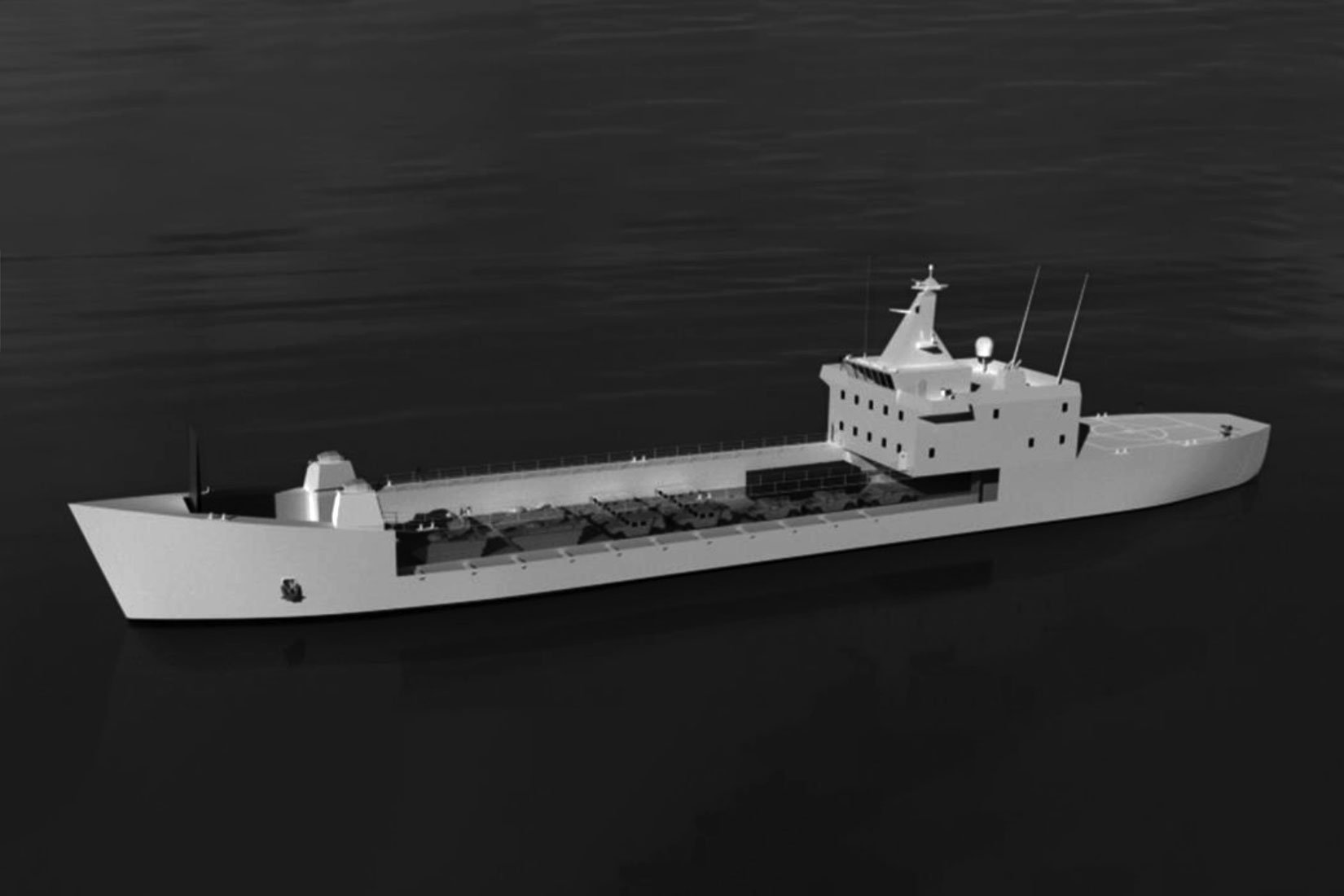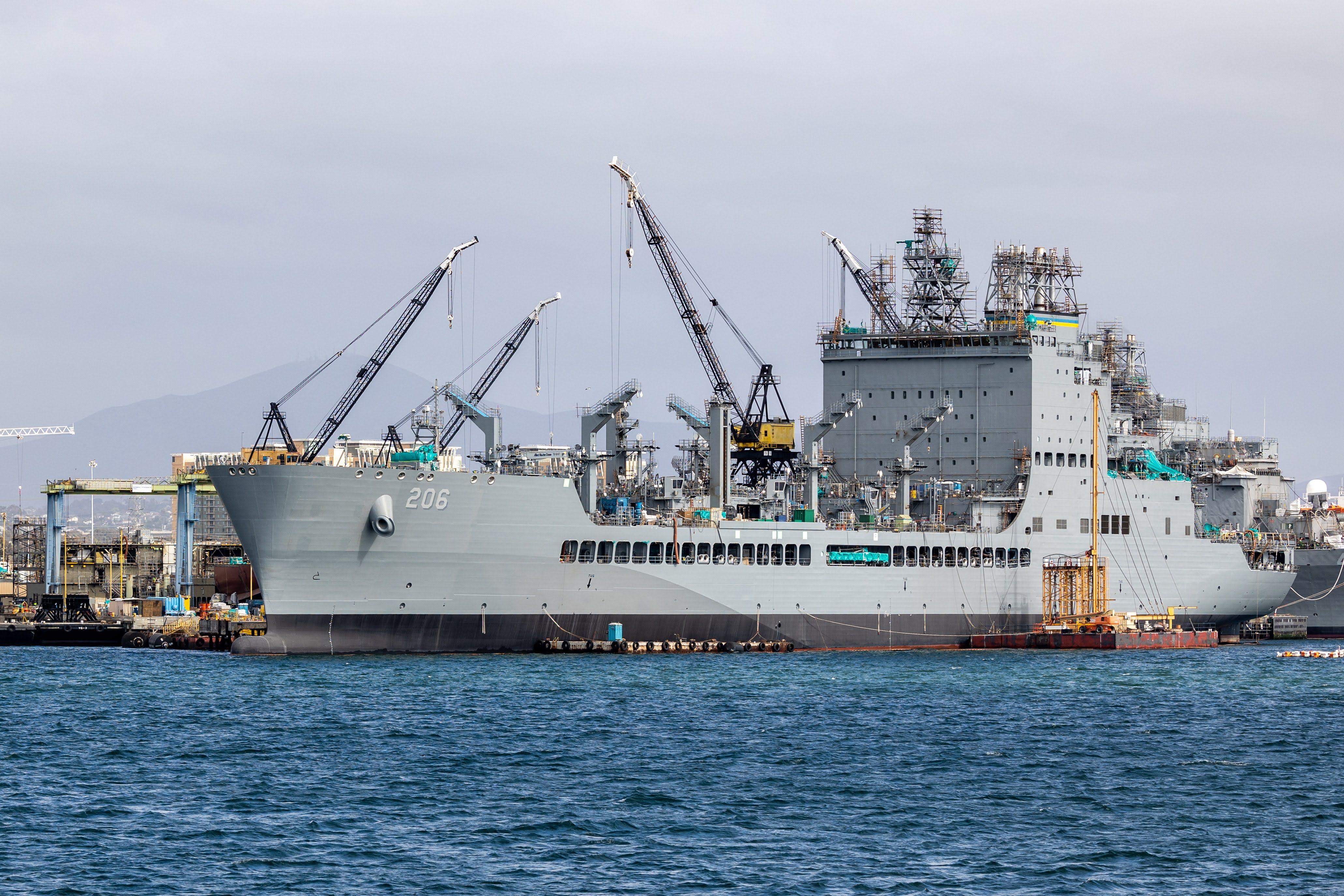
With the USS Freedom (LCS-1) due to arrive in Singapore this week, the Littoral Combat Ship program’s cost received close scrutiny—as well as some sharp questions about the vessel’s survivability—during a House Appropriations Defense Subcommittee hearing on 7 May.
Despite New Jersey Republican Rep. Rodney Frelinghuysen’s opening statement that the LCS and many others in the shipbuilding plan “to our way of thinking are support ships” rather than “classic combatants” such as large cruisers or submarines, and Virginia Democrat Jim Moran’s comments near the end of the two-and-a-half-hour session that “no other ship requires contractors throughout the deployment,” Navy Secretary Ray Mabus defended the LCS as “one of our best performing programs.”
Chief of Naval Operations Adm. Jonathan Greenert said the ship was built to a Level 3 standard of survivability and is testing at that level. That means “it takes a hit and returns to base.” He added, “We don’t send ships out alone” and that would increase its survivability.
Secretary Mabus said while it was true the first ship in the class cost about $440 million—about twice what the Navy originally projected—things have changed. “This is a technical term, he said in describing the program when he took office: “It was a mess.”
“The last ship will cost $349 million.” Mabus added that its modular construction allows technology insertions to be made more easily and at less cost than in other ships.
Mabus, who is heading to Singapore this week, with Greenert to follow, said LCS is “absolutely essential for the Pacific.” Greenert stressed its capabilities in areas such as antisubmarine and electronic warfare—strike and cyber—in allowing the Navy, with partners such as India and Japan, to conduct more sophisticated exercises and build capacity of other navies in the region in protecting critical waterways.
Mabus said the LCS is the “perfect ship to operate” in the Malacca Strait. Among the reasons he is going to Singapore is to discuss how the ships will be used.
The Navy plans to deploy four shallow-draft LCSs in Singapore by 2016. The idea is to keep the ships there and rotate their crews.
Both the Navy and Marine Corps are looking at what they would have to do if sequestration continues in FIscal Year 2014 and if overseas contingency operations are not adequately funded.
To keep readiness high for Marines deploying to Afghanistan and those in the ready force this year, Commandant Gen. James Amos said the Corps has done a top-to-bottom prioritizing of its needs. Among the decisions made in that review was keep 7-ton trucks running (rather than new buys) and recapitalizing between 14,000 and 15,000 Humvees rather than retiring them.
“Our readiness next year will be C-3 and C-4 [the lowest classifications] for greater than 50 percent for those not deploying.” Amos added, “We will reach a point in the future when B Team will not be ready.” That could mean more end-strength cuts, he said. “It will be a smaller force. . . . I’m making plans for that now.”
Greenert said that two-thirds of the Fleet would be in those two lowest readiness categories next year, raising questions of needing more ship retirements and reducing the fleet to 260 or 265 ships rather than the 290 in the immediate shipbuilding program. He added that the impact in private and government shipyards would be substantial. “It took us a long time to get [the expertise and high operating performance] back” when the industrial base was reduced in the past.
Greenert estimated that if sequester continues into FY 2014, its impact on the Navy will be the removal of $23 billion from its overseas contingency operations accounts.
“We clearly need some OCO sustainment,” Mabus said. “We use OCO for about 20 percent of ship maintenance [and] $3 billion to reset the Marine Corps.” Those are “truly a wartime expenditure.”
The weekend arrest in suburban Washington of the Air force’s chief of sexual abuse prevention had committee members demanding specifics on what the Navy and Marine Corps are doing to educate sailors and Marines, and the arrest and prosecution of those committing such crimes.
Amos said that 7 percent of the Marine Corps is female and up to 10 percent of them may have been subjects of sexual harassment or assault “from touching to saying hard things to something heinous.”
The Marines have launched education programs, as has the Navy, to raise awareness, increase reporting, encourage intervention and work with communities such as Chicago and San Diego in those areas.
“We have doubled the number of prosecutions and convictions,” Amos said.
Greenert said the Navy is “starting to see some tangible results in San Diego” in combating sexual harassment and assault there as it did around Great Lakes. He said the Navy plans to expand those programs to Naples and Japan soon.
“We cannot be a great military force as long as we have attacks like this from the inside,”
Mabus said.





